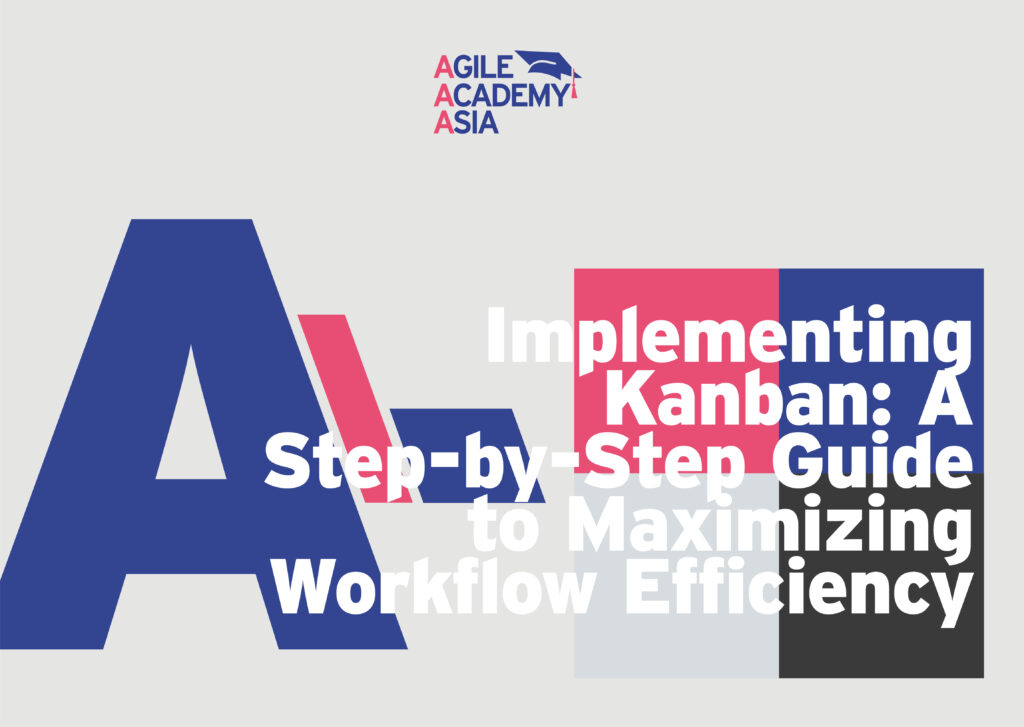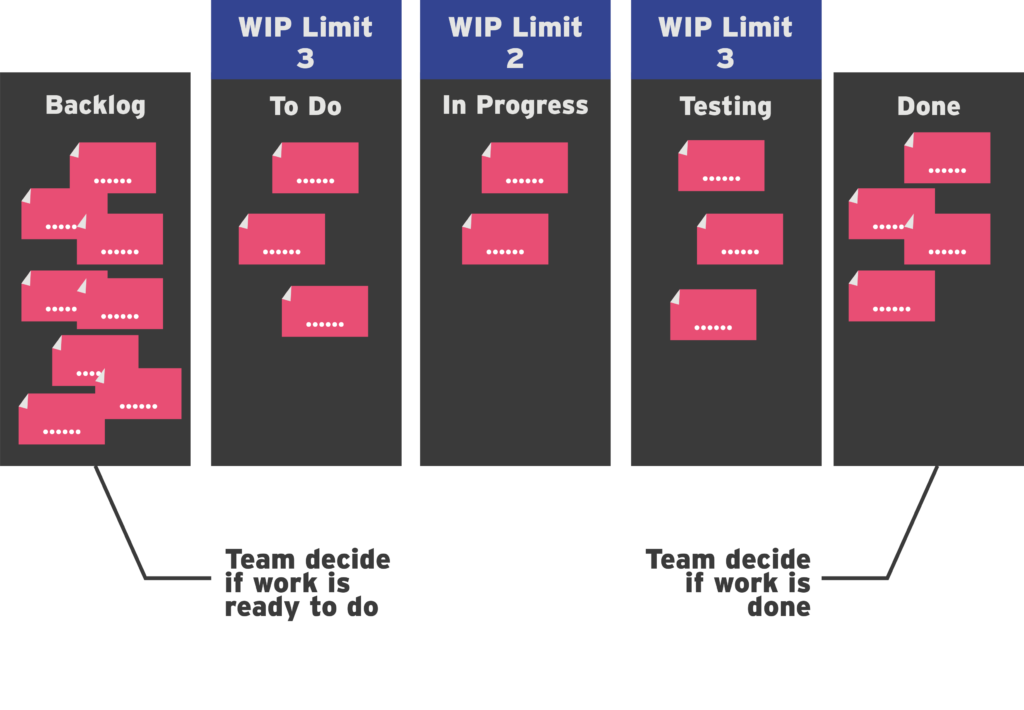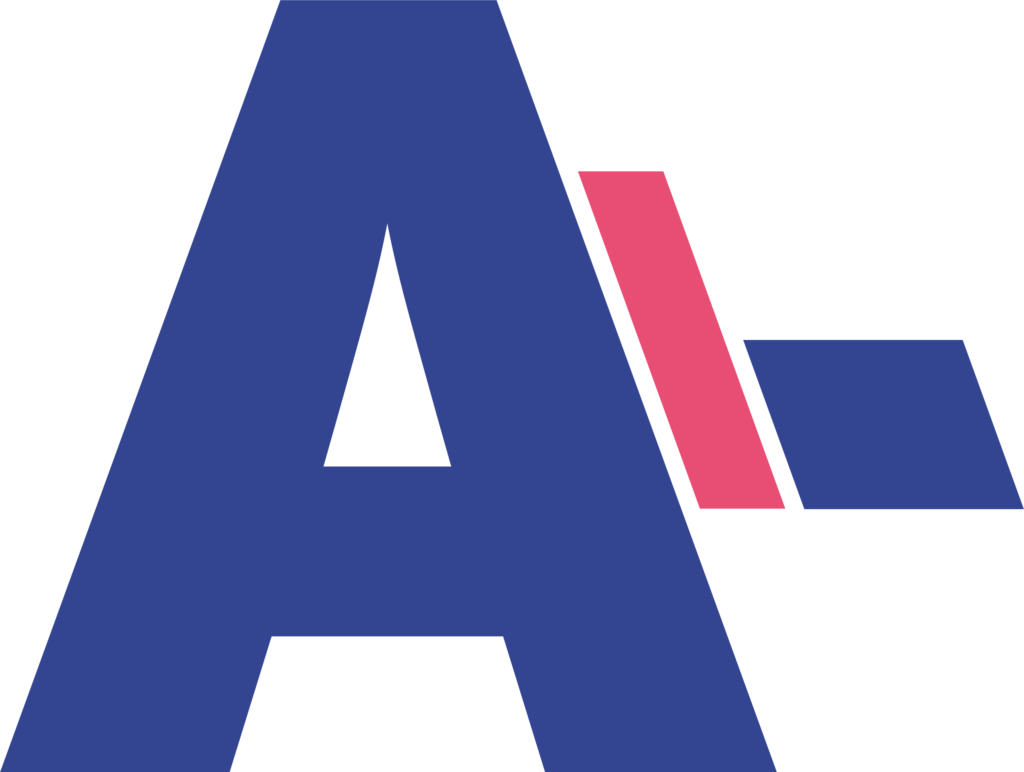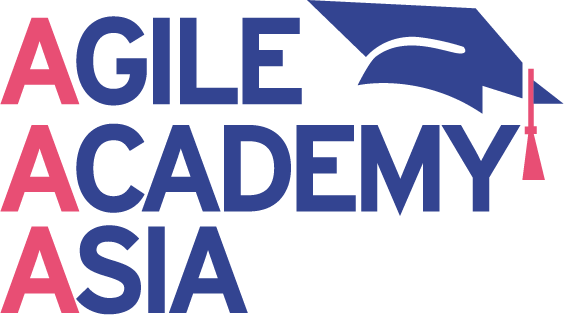
Implementing Kanban: A Step-by-Step Guide to Maximizing Workflow Efficiency
Kanban is a popular Lean workflow management method for defining, managing and improving services that deliver knowledge. It enables you to visualize work, maximize efficiency, and improve continuously. On Kanban boards, work is represented, allowing you to manage even the most complicated projects in a single setting while optimizing job delivery across many teams.
Toyota originally developed Kanban in the 1940s to improve its production processes. The system was designed to help the company’s engineers and managers visualize the production process and identify inefficiencies. Other businesses quickly adopted the system, and by the early 2000s, Kanban had become a popular tool for managing tasks in all types of organizations.
The basic structure of a Kanban system consists of three stages: “Backlog”, “In Progress”, and “Done”. The “Backlog” stage is for tasks that have not yet been started. The “In Progress” stage is for tasks that are currently being worked on, and the “Done” stage is for tasks that have been completed. Each stage is marked with a card, which includes information such as the task’s priority level, the person assigned to the task, and the estimated time it will take to complete the task.

Kanban is a pull system, meaning tasks are only pulled from the backlog when there is the capacity for them. This is beneficial because it helps ensure that tasks are completed on time and prevents teams from becoming overloaded. This is because the system limits the amount of work in progress (WIP) at any given time.
Pull systems also help ensure that tasks are pulled in the order of priority. This helps to keep teams focused on the most important tasks first, and ensures that the right tasks are completed on time.
Benefits of Kanban are:
- Visual representation of workflows: Kanban provides a visual representation of workflows, which makes it easier to identify any bottlenecks or inefficiencies.
- Limits work in progress (WIP): The system helps to limit the amount of work in progress at any given time, which helps to prevent teams from becoming overloaded.
- Improved task management: Kanban makes it easy to manage tasks, as each stage is marked with a card that includes information such as the task’s priority level, the person assigned to the task, and the estimated time it will take to complete the task.
- Flexibility: Kanban is a flexible system that can be used in a variety of different types of businesses.
- Easy to understand and implement: Kanban is easy to understand and implement, which makes it a great system to use for managing tasks.

Kanban is good for understanding:
- Understanding customers and their needs, expectations, and the risks they manage.
- Ensuring the accuracy of data related to capability and performance.
- Acknowledging the existence of uncertainty, variability, and non-deterministic issues.
- Accepting that risk is an inherent part of business, and it can be managed effectively.
- Realizing that non-deterministic problems can be managed and controlled through quantitative and qualitative approaches.
- Respecting the fact that non-deterministic does not mean chaotic.
Kanban can be used in a variety of different types of businesses
- Software Development Companies: Kanban can be used to manage software development projects and ensure that tasks are completed on time.
- Manufacturing Companies: Kanban can help manufacturing companies visualize their production processes, identify any bottlenecks or inefficiencies, and improve workflow efficiency.
- Businesses with Multiple Teams: Kanban can help businesses with multiple teams manage tasks and ensure that everyone is working on the right tasks at the right time.
- Professionals Managing Multiple Projects: Kanban can help professionals manage multiple projects at the same time by visualizing their workloads and ensuring that tasks are completed on time.
10 THINGS YOU SHOULD KNOW ABOUT KANBAN
Every Kanban System is unique
Kanban is about focus and flow
Kanban is about evolutionary change – not revolutionary
Kanban is committed to agility
Kanban is grounded in reality
Kanban is a living system
Kanban is a risk management method
Kanban balances demand with capability
Kanban isn’t only for software development or IT
Kanban works at scale
In order to successfully implement a Kanban system, a company needs to take the following steps:
1. Define the workflow: The first step is to define the workflow, which includes the tasks that need to be completed and the stages they will go through (Backlog, In Progress, and Done). For any company, team, or project, this is different. You try to create all the steps that need to be done *.
2. Create a Kanban board: Next, create a Kanban board to visualize the workflow. This will help to visualize the tasks and identify any bottlenecks or inefficiencies *.
3. Assign tasks: Assign tasks to team members and create cards for each task that includes information such as the task’s priority level, the person assigned to the task, and the estimated time it will take to complete the task.
4. Limit work in progress (WIP): Set limits on the amount of work in progress at any given time to ensure that tasks are completed in a timely manner and prevent teams from becoming overloaded.
5. Track progress: Track progress and use the Kanban board to identify any areas of improvement.
By taking these steps, a company can successfully transform into a Kanban system and reap the benefits of improved workflow efficiency and better task management. Important, Kanban seeks to improve what you are already doing by making small, safe changes. No major reorganizations, no changes to roles or responsibilities. Respect for the organization and its people is key.
* Example Kanban Board:

Achieving Success with Coaching and Guidance for Kanban
Kanban is a powerful system for managing tasks and improving workflow efficiency, but it can be challenging to implement without guidance. Coaching and guidance can help ensure the system is implemented correctly and used to its full potential. Coaches and guides can also help identify any potential bottlenecks or inefficiencies and advise on how to address them. Additionally, they can help to ensure that teams are working effectively and that tasks are completed on time. Coaching and guidance is essential for getting the most out of a Kanban system.

Agile Academy Asia
Agile Academy Asia provides valuable help for companies looking to quickly and effectively deliver high-quality products using Agile. The Academy offers extensive training and development opportunities, from on-site and online courses to seminars and workshops. This allows companies to quickly and accurately learn the principles of Agile and apply them to their individual projects.
Agile Academy Asia is a leading provider of Agile and Kanban training, consulting and transformation services. With our experienced team of professionals, we help organizations to implement Kanban systems and maximize workflow efficiency. Our consulting services include helping organizations define their workflows, create Kanban boards, assign tasks, and set limits on the work in progress. Agile Academy Asia has a track record of successfully helping companies transition to Kanban. Our training and consulting services can help any organization transform its processes and improve its performance.
Author:
Pjotr Steinmetz
Founder & Owner
Pjotr Steinmetz is a leading expert in Agile principles, with a deep understanding of how to successfully transition companies of all sizes into Agile frameworks. As the founder of Agile Academy Asia, Pjotr provides lectures, training, workshops and consulting sessions on the mindset of Agile and on various Agile–driven projects. He is also a Mentor at different accelerators, incubators and universities, where he trains and guides students and Startups in the benefits of Agile. With extensive experience in the Netherlands and Asia, Pjotr is at the forefront of helping companies in their Agile journey.

Book a free 30 minutes consultation with him to talk about Agile training, consulting, and transformations.
